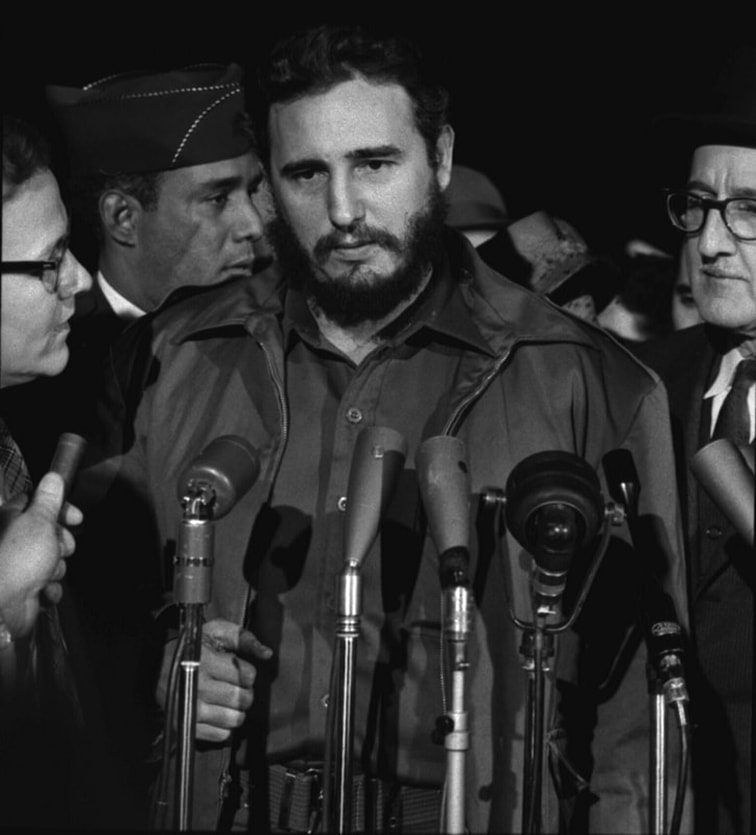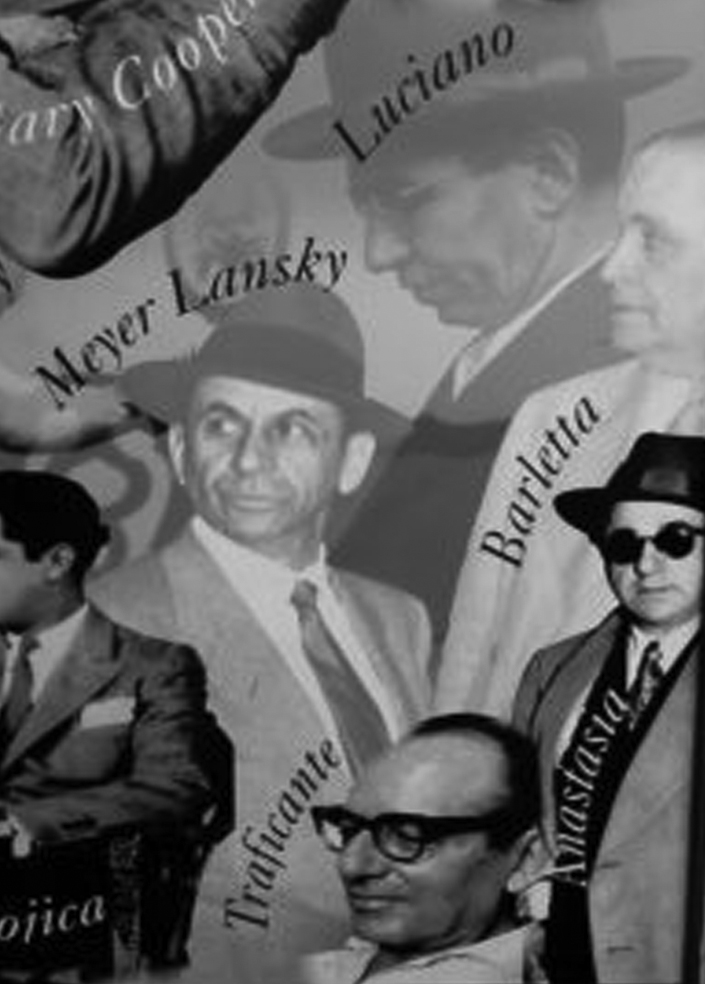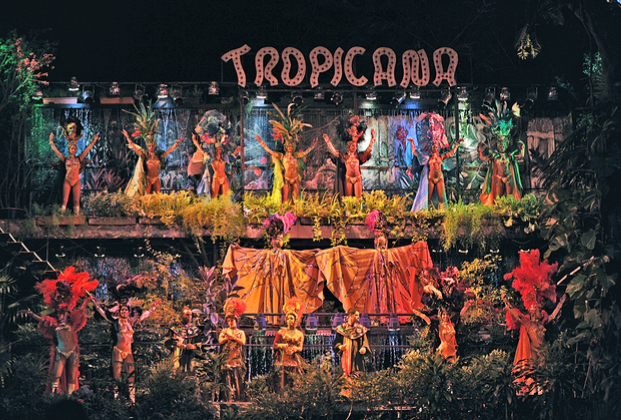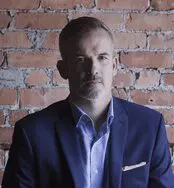THE RISE OF CASTRO AND THE FALL OF THE HAVANA MOB

LANSKY, TRAFFICANTE AND OTHER MOBSTERS LOST BIG 60 YEARS AGO, BUT LAS VEGAS BENEFITED
When Fidel Castro, his brother Raul, Che Guevara, and 79 other Cuban rebels piled into the 43-foot yacht Granma on November 25, 1956, there was no indication it would transform geopolitics in the Western Hemisphere for decades or that it would lead to the end of the Mob’s reign in Cuba.
After arriving in Playa Las Coloradas, in southeast Cuba, Castro and his men made their way to the Sierra Maestra mountain range. The Cuban Army attacked them, and only a handful of rebels were able to make it into the safety of the mountains. To Cuban President Fulgencio Batista, it was a victory. To the Castro brothers, it was a minor setback. To the thousands of U.S. tourists staying in the Havana hotels and the mobbed-up owners of the establishments, it was not even a blip on their radar.
When Castro and his 26th of July Movement made significant inroads, the Mob’s hold in Havana was at an all-time high. Lavish casinos and new hotels such as Meyer Lansky’s Riviera and the Havana Hilton were hosting planeloads of American tourists. Nightlife in Cuba attracted top talent. Cabaret shows at nightclubs such as the glamorous Tropicana and burlesque shows at the much less glamorous Shanghai Theater entertained almost until dawn.
One of the big reasons many Mob figures did not pay much attention to the gains made by Castro and his men was that they had provided arms and support for Castro. To them, it was a good business decision. They felt they could do business with whoever was in charge. They apparently didn’t recognize a significant distinction between Batista and Castro.
The end came on December 31, 1958, when the rebels defeated Batista’s army in the city of Santa Clara. After hearing the news of his army’s loss, Batista ran. He boarded a flight to the Dominican Republic, fleeing Cuba and effectively handing the country over to Fidel Castro. This episode is enshrined in Mob pop culture in the pivotal scene from The Godfather: Part II, when Batista announces to a crowd at a New Year’s Eve party that he is leaving the country, and of course, Michael utters the famous line to his brother: “I know it was you, Fredo. You broke my heart.”

On January 1, 1959, citizens took to the streets of Havana after hearing the news of Castro’s victory, though Castro himself would not arrive in Havana until January 8. Some ransacked the casinos and smashed and threw slot machines into the streets. The American-owned hotels symbolized a corrupting foreign influence to many in the city.
However, many Cubans worked in the hotels and casinos. With the hotels and casinos closed, they were not being paid. As Valentin Jodra recalls in the book Tropicana Nights, “We were all worried, frustrated about our jobs. There was some talk of a strike, even. But that morning [February 13, 1959], a big group from Sans Souci, the Parisien, the Riviera, the Hilton, Capri, and Tropicana gathered at our workplace and headed for the presidential palace.”
On February 19, 1959, a decree from the Castro regime allowed for the reopening of the Tropicana, Comodoro, Riviera, Havana Hilton, Capri, Hotel St. Johns, and the Hotel Nacional. Castro did not allow the Deauville, Sevilla-Biltmore, Plaza, or Sans Souci to reopen. Part of why the Deauville and Sans Souci, two of Santo Trafficante Jr.’s properties, remained closed may have been Trafficante’s close relationship with Batista’s brother-in-law. By March of 1959, the new regime permitted the Plaza to open again.
Even though some of the casinos were once again open for business, the tourists were not coming back. News of Castro’s takeover had effectively halted the flow of tourists to the island. Most of the mobsters had stayed away as well. Only a few, Trafficante, Dino Cellini, and Joe Stassi among them, remained, hoping to make a go of things again. But business prospects were bleak. According to an FBI report, continuing threats of violence and a lack of credit have made the casinos a losing proposition. Some, such as Meyer Lansky, were looking to sell their properties. Castro turned out not to be as friendly to his former beneficiaries as they thought he would.

With Cuba closed, U.S. mobsters looked elsewhere in the Caribbean. An informant told the FBI in September 1959 that New York hoodlums were looking to build a new hotel and gambling casino at St. Martins Island in the British West Indies. Cellini was lining up [gambling] junket flights to the Bahamas and Caribbean. Lansky, who told many that Cuba had ruined him financially, was also looking at other outposts in the Caribbean and South America.
One of the biggest beneficiaries in the wake of the Castro revolution was Las Vegas. Guys such as Wilbur Clark and Sam Tucker were operating casinos in both locations. But with Havana closing down, many casino operators, pit bosses, dealers, and other casino personnel that had come from the States to work in Havana moved west to Vegas. The Mob’s money followed.
Throughout 1960, tensions between the Cuban government and the United States escalated. On January 3, 1961, the U.S. broke off diplomatic relations with Cuba as the island grew increasingly friendly with the Soviet Union. Relations between the two countries further eroded in April 1961 with the ill-fated Bay of Pigs invasion. By then, scores of Cubans fled the island, many settling in Miami. By then, the Mob’s role as hoteliers and casino owners in Cuba was finished as the new government nationalized all businesses, including the hotels.
Mob involvement would continue in Cuba, albeit in a different role. When the CIA was looking for partners in efforts to oust or assassinate Fidel Castro, it turned to organized crime. The CIA hired Chicago boss Sam Giancana, Chicago/Los Angeles mafioso Johnny Rosselli and Tampa boss Santo Trafficante Jr. to advance plots against Castro. Other low-level mobsters were involved in anti-Castro activities. In the early 1970s, news of the CIA-Mob plots in Cuba made the papers, and the CIA walked away from that nefarious alliance. But the Mob had acquiesced to the notion that it would never be in Havana again.
While the Mob never reclaimed its role in Cuba, its legend still permeates old Havana, and now with the ability of Americans to once again visit the island, tourists have the chance to stay at the same hotels, many frozen in time, where gangsters such as Meyer Lansky once held court.

Scott M. Deitche is an author specializing in organized crime. He has written seven books and more than 50 articles on organized crime for local and national publications. He has been featured on the History Channel, A&E, Discovery Channel, AHC, C-SPAN and Oxygen Network. In addition, he has appeared on dozens of local and national news shows, as well as more than 40 radio programs. His latest book is Hitmen: The Mafia, Drugs, and the East Harlem Purple Gang. For more information about Scott click HERE
